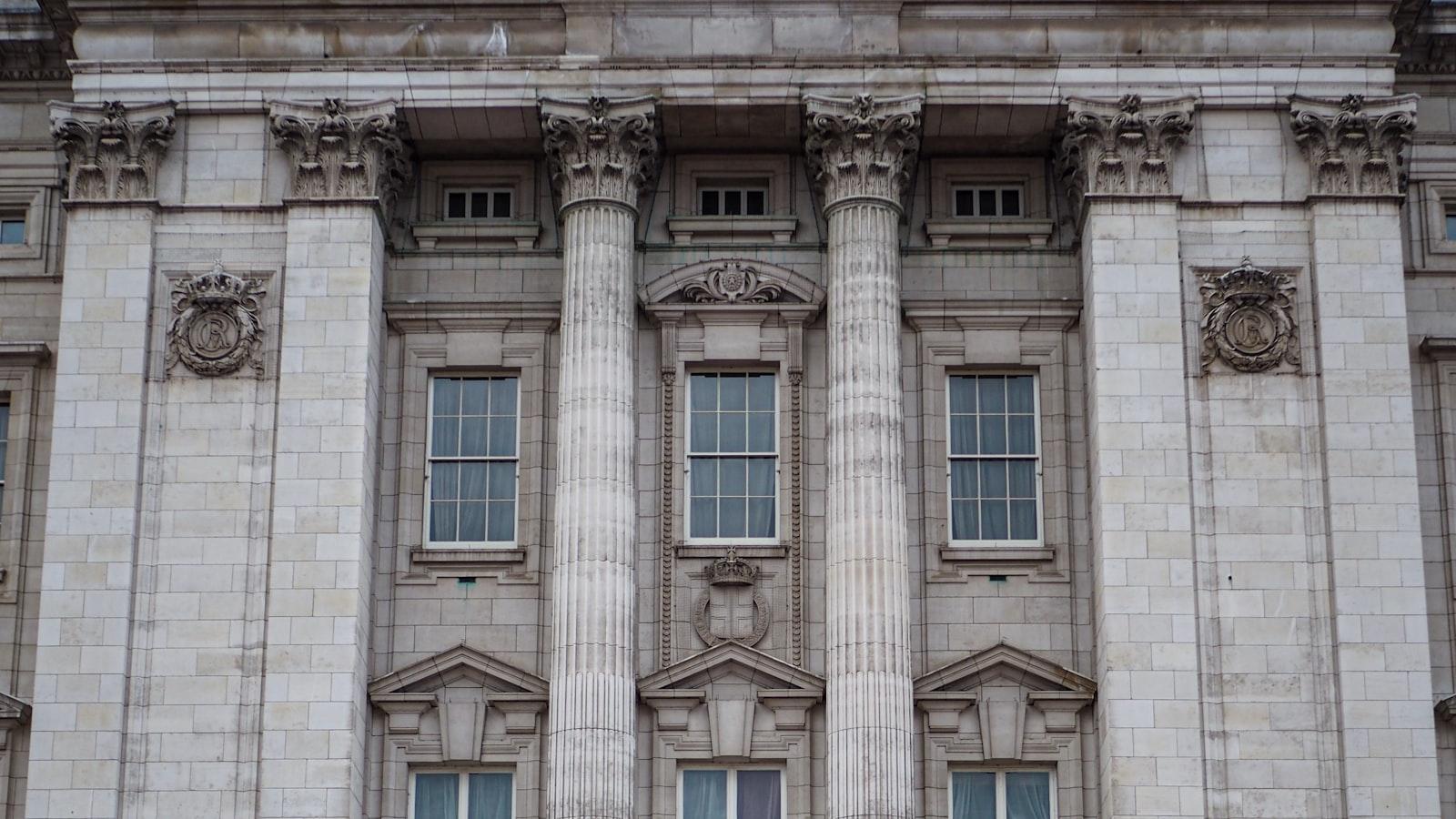Step into the vibrant and diverse world of British culture and language as we embark on a journey through the fascinating realm of accents and dialects. From the rolling hills of Scotland to the bustling streets of London, each region of the United Kingdom boasts its own unique linguistic flair. Join us as we explore the intricacies of British accents and dialects in this comprehensive guide.
Table of Contents
- Understanding the Diverse Spectrum of British Accents
- Notable Regional Dialects Across the UK
- Tips for Perfecting Your British Accent
- Exploring the Historical Roots of Accent Variation
- Closing Remarks

Understanding the Diverse Spectrum of British Accents
British accents and dialects are incredibly diverse, reflecting the rich history and cultural heritage of the United Kingdom. From the charming Cockney accent of East London to the lyrical lilt of the Welsh valleys, each region has its own distinct way of speaking that sets it apart.
Some of the most well-known British accents include Received Pronunciation (RP), commonly known as the “Queen’s English,” which is associated with prestige and education. Other accents, such as Geordie, Scouse, and Brummie, are closely tied to specific cities and regions, each with its own unique vocabulary and pronunciation quirks. Understanding the wide range of British accents can be a fascinating journey into the diverse linguistic tapestry of the UK.

Notable Regional Dialects Across the UK
One of the most striking aspects of British linguistics is the variety of accents and dialects found across the UK. Each region boasts its own unique way of speaking, reflecting the rich cultural diversity of the country. Here are a few notable regional dialects that showcase the fascinating tapestry of British speech:
- Scottish: The Scottish accent is one of the most distinctive in the UK, with variations ranging from the rolling “r” sounds of the Highlands to the sing-song lilt of Glasgow. Words like “wee” for small and “ken” for know are common in Scottish dialects.
- Cockney: Originating in East London, the Cockney accent is characterized by its dropping of the letter “h” in words like “house” and substituting it with a glottal stop. Phrases like “apples and pears” for stairs and “trouble and strife” for wife are typical in Cockney dialect.
- Yorkshire: The Yorkshire accent is known for its flat vowel sounds and elongated vowels, such as “ee by gum” for exclamation. Phrases like “si thi!” for see you and “chuffed to bits” for very pleased are often heard in Yorkshire speech.

Tips for Perfecting Your British Accent
One way to improve your British accent is to immerse yourself in the language as much as possible. This can include watching British TV shows, listening to British podcasts, or even just observing how British people speak in real life. By exposing yourself to native speakers, you can pick up on the nuances of the accent.
Another tip is to practice specific sounds that are common in British accents, such as the glottal stop and the dropped ‘r’. There are online resources and tutorials that focus on these particular sounds to help you perfect your pronunciation. Remember, consistency is key when it comes to fine-tuning your accent, so practice regularly and don’t be afraid to make mistakes!

Exploring the Historical Roots of Accent Variation
British accents and dialects have a rich history that can be traced back centuries. The diversity of accents across the United Kingdom reflects the country’s complex social, cultural, and historical tapestry. From the Queen’s English to the distinctive lilt of a Scottish brogue, each accent tells a unique story about the region it originates from.
One fascinating aspect of British accent variation is how it has been influenced by historical events such as invasions, migrations, and trade. For example, the Celtic languages spoken in ancient Britain have left their mark on the accents of regions such as Wales and Cornwall. Similarly, the Viking and Norman invasions introduced new vocabulary and pronunciation patterns that can still be heard in certain dialects today. Understanding the historical roots of accent variation can provide valuable insights into the cultural heritage of different regions across the UK.
Closing Remarks
As we have delved into the rich tapestry of British accents and dialects, we have only scratched the surface of this fascinating subject. From the posh Received Pronunciation to the lilting lilt of the Welsh valleys, each region of the UK offers its own unique linguistic charm. So whether you’re an avid linguist or simply curious about the diverse sounds of Britain, we hope this comprehensive guide has piqued your interest and inspired you to explore further. After all, the beauty of language lies in its endless possibilities for connection and understanding. So keep listening, keep learning, and keep appreciating the wonderful world of British accents and dialects. Cheers!






